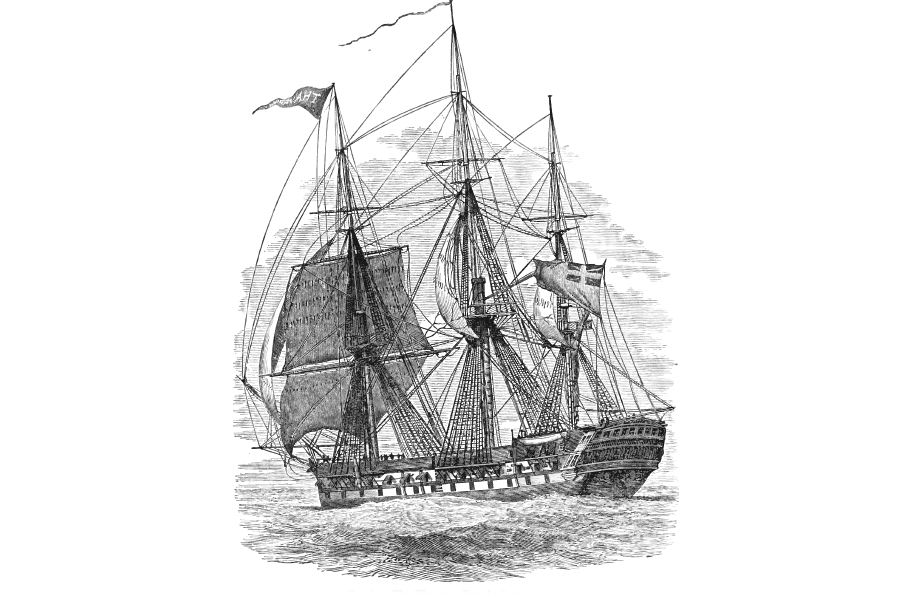<![CDATA[Ten years ago a huge ship was retrieved from the bed of the River Thames in England, one of the biggest finds in British history. Now, after ten years of intense research, historians are claiming to have an idea about the ship’s identity: it is the infamous Cherabin. The scientists are not 100% sure that they have the right ship but Dr. Gustav Milne, a senior lecturer at University College London's Institute of Archaeology, states that the sunken ship bears many similarities to the legendary ship. The Cherabin sunk over 400 years ago. The sunken ship was actually rediscovered in 2003, as the initial discovery was partially made by the crew of the Duke of Wellington in the 1840s. The men took 2700 lead ingots, iron guns and other materials made of lead from the ship and melted them down for money. No one at that time thought to look into why such a big ship containing so many valuable materials was at the bottom of the river. The rediscovery happened when the Port of London Authority authorized the dredging of the Thames estuary to make way for a $2.5 billion container port. Divers dug up the ship's remains and samples were sent to labs in Denmark and University College London. It was named the Gresham Ship after Sir Thomas Gresham, whose initials were found on one of the iron guns in the ship. Gresham was a legendary scholar and gun maker who founded the Royal Exchange in 1571. The ship was confirmed to be a 16th century armed merchant ship, which weighed 160 tons and measured 80 feet long and 25 feet wide, with a 60 feet keel. Dr. Milne lamented how slowly the research went in analyzing the remains of the ship, however it was hard to avoid as a lot of the items excavated were covered with gravel and sand. In order not to damage anything the layers had to be carefully chipped away until they could be identified. They also had to be x-rayed, just to identify the places that needed to be chiseled away. As it turned out, the Duke of Wellington's men did not take all the lead ingots aboard the ship - some were found in the cargo hold, along with tin ingots and an iron gun powder chamber. The Cherabin had a very interesting history as it doubled as a merchant ship and a privateer - a pirate ship backed by the state. This ship traded with Turkey for the Levant Company, but was also used to steal money and goods of considerable value from ships from other countries, especially Spain. The Cherabin was one of 70 privateers under the rule of Elizabeth I, and featured greatly during the Anglo-Spanish war that lasted 19 years across the sixteenth and seventeenth centuries. The booty stolen by the ship was returned to England and divided amongst the British elite. Privateers under Elizabeth I acquired spoils that were worth more than any pirate in those days could ever dream of earning. The timber of the ship has been sent to its final resting place in an underwater museum at the National Dive Centre in Stoney Cove, Leicestershire, where trainee divers and experts can continue to explore it. The artefacts are planned to be put on display at the Southend Museum in Essex, by 2016.]]>
Researchers Confirm Identity of Sunken Thames Ship
